Letter to Government Official Template for Professional Communication
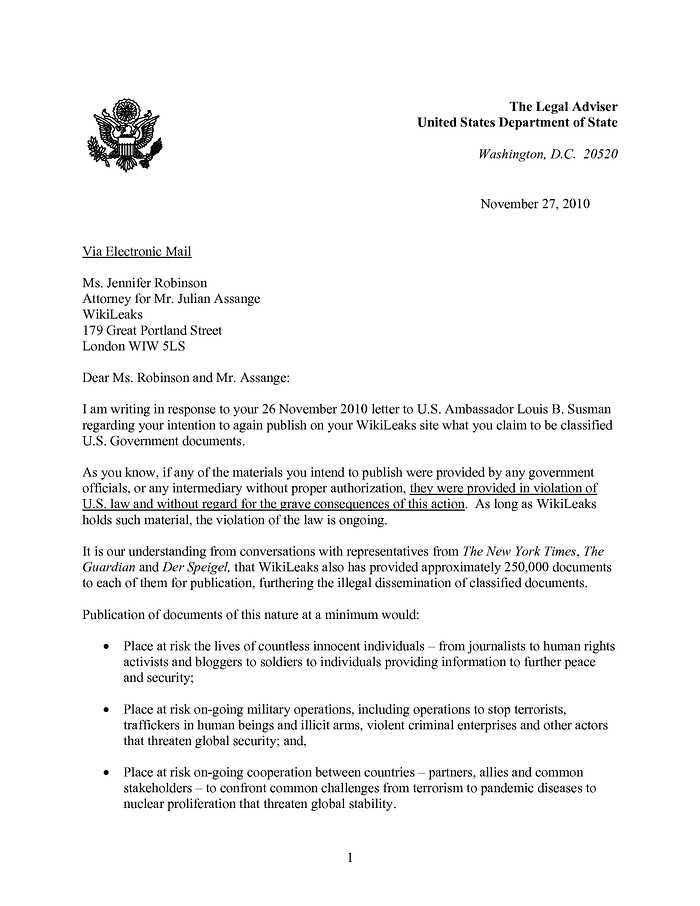
When you need to communicate with a public institution or an authority figure, it’s important to ensure your message is clear, formal, and respectful. The right format and tone can make a significant difference in how your request is received. Whether you’re addressing an inquiry, submitting a proposal, or expressing concern, presenting your message professionally is essential.
Crafting a well-structured communication involves not only following specific guidelines but also understanding the appropriate language and etiquette. Using precise wording, a polite tone, and a clear outline can help you achieve the desired outcome. By following a few key steps, you can confidently approach the process of drafting your message.
In this section, we will explore the best practices for composing formal correspondence, focusing on essential components and offering helpful advice to ensure your communication is effective and well-received.
How to Write a Formal Letter
Writing a formal communication requires attention to detail and adherence to specific guidelines. It’s crucial to ensure that your message is structured properly, follows a respectful tone, and clearly conveys your intent. This kind of correspondence is typically used when addressing institutions, organizations, or individuals in positions of authority.
Steps to Follow for Proper Structure
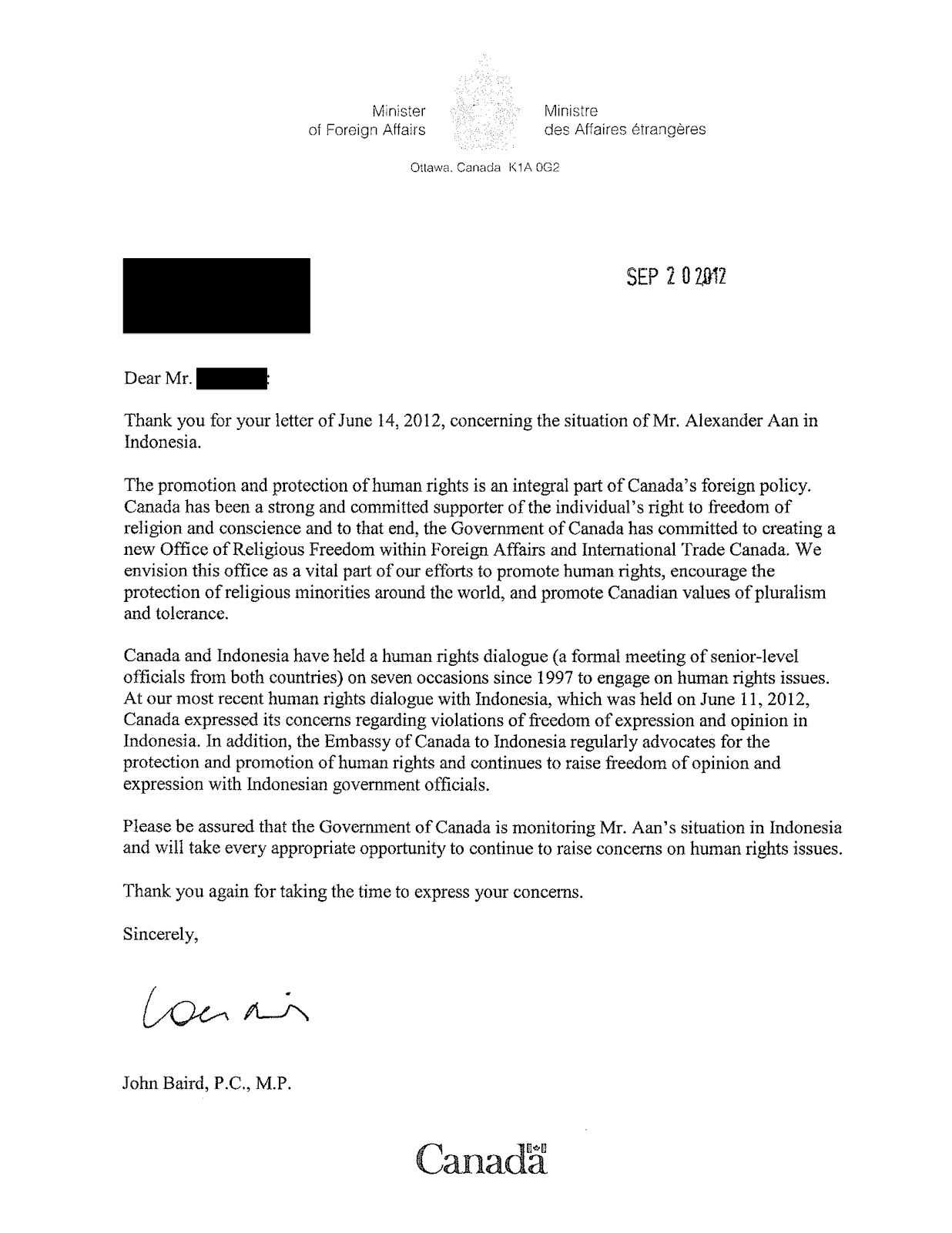
- Start with a clear heading: Include the recipient’s name, title, and address at the top of the page.
- Introduce yourself briefly: Provide necessary context and explain the purpose of your communication right from the beginning.
- Be concise: Stick to the main points and avoid unnecessary details that may dilute the clarity of your message.
- Use respectful language: Maintain a polite and formal tone throughout the entire text.
Key Components to Include
- Opening: A formal greeting that addresses the recipient properly.
- Body: The core of the message, where you outline the issue or request in a structured way.
- Closing: A courteous sign-off that expresses gratitude or anticipation of a response.
By following these steps, you can ensure that your communication is both professional and effective, leaving a positive impression on the recipient.
Key Elements of a Formal Communication
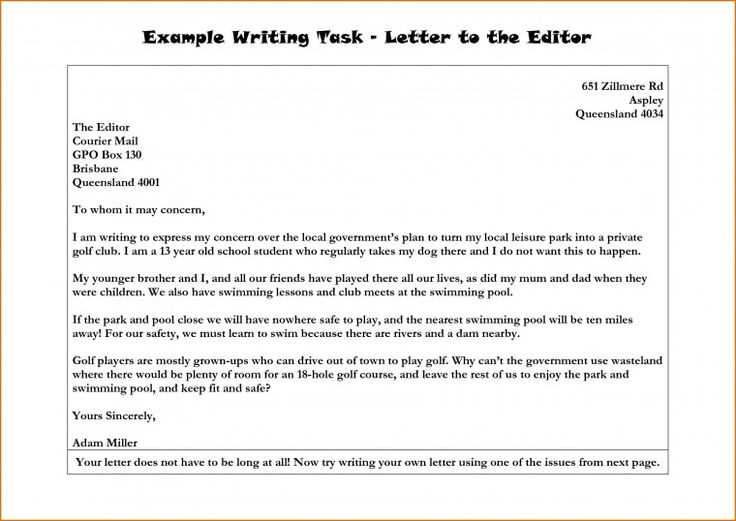
When drafting a formal communication to an institution or authority, several important components ensure that the message is clear, effective, and professional. These elements help organize the information logically and convey the purpose of the message in a respectful manner. Each part plays a crucial role in delivering the content in an organized and polite way.
| Element | Description |
|---|---|
| Header | Contains the recipient’s name, title, and contact information, setting the formal tone of the message. |
| Salutation | A respectful greeting, such as “Dear [Title] [Last Name],” that opens the communication. |
| Introduction | Briefly introduces the sender and the purpose of the communication, providing context for the reader. |
| Body | The main section where details, requests, or concerns are presented clearly and concisely. |
| Closing | A polite sign-off expressing gratitude or anticipation of a response. |
| Signature | The sender’s name and title, adding a personal and professional touch to the communication. |
Including all of these elements ensures that the communication is structured properly and maintains a formal tone throughout, leading to a more professional and respectful interaction.
Step-by-Step Guide to Drafting Letters
Creating a well-crafted formal communication requires a clear process to ensure that the message is properly structured and conveys the intended message effectively. By following a systematic approach, you can ensure that your message is both professional and easy to understand, which will increase the likelihood of achieving your desired outcome.
1. Gather Relevant Information
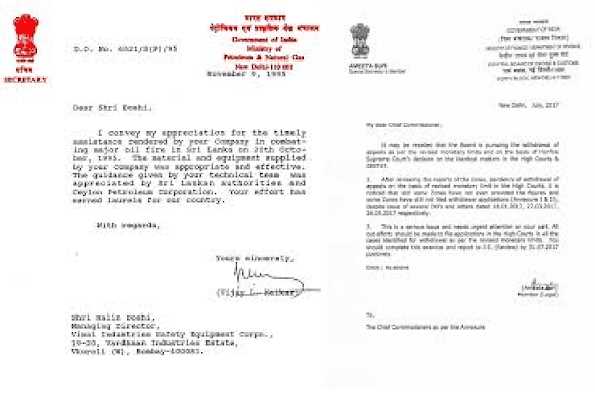
Before drafting your message, collect all the necessary information related to the topic. This includes any facts, dates, or references that will support your communication. It is essential to have everything in place to ensure that your content is accurate and comprehensive.
2. Organize Your Ideas
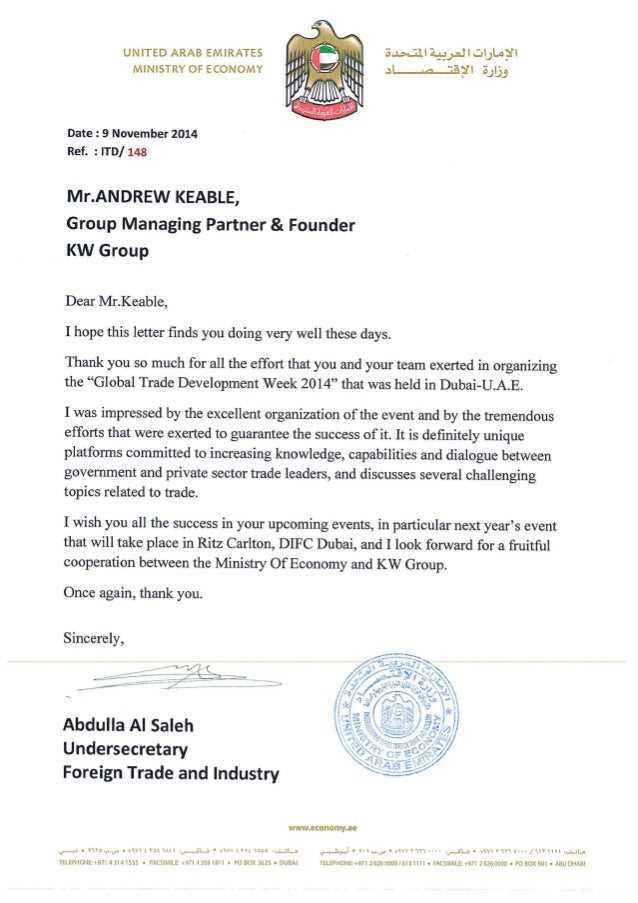
Plan the structure of your communication. Start by outlining the main points you wish to address, and then organize them in a logical sequence. This will help ensure that your message flows smoothly and is easy to follow. Each section should serve a specific purpose and contribute to the overall objective.
By carefully following these steps, you can create a clear, well-structured document that will effectively communicate your intentions in a professional manner.
Tips for Professional Tone and Clarity
Maintaining a professional tone and clear communication is essential when addressing any institution or authority. Ensuring your message is both polite and straightforward will help convey your intentions effectively while preserving a respectful and formal approach. The clarity of your writing directly impacts how well the message is received and understood.
To achieve this, focus on using precise language, avoiding jargon, and being concise. Avoid overly complex sentences that may confuse the reader. It is important to remain respectful and courteous throughout, as this fosters a positive interaction.
By keeping these tips in mind, you can ensure that your communication remains professional, clear, and effective in achieving the desired results.
Common Mistakes to Avoid in Letters
When composing formal communications, it’s important to avoid several common pitfalls that can undermine the effectiveness of your message. Even small errors can lead to misunderstandings or diminish the impact of your message. Being aware of these issues can help you ensure that your correspondence is both clear and professional.
Overly Complex Language: Using complicated words or jargon may confuse the reader. Aim for simplicity and clarity, using plain language to convey your points.
Ignoring the Tone: A tone that is too casual or too harsh can make your communication less effective. Ensure that your message maintains a respectful and polite tone throughout.
Not Proofreading: Skipping the proofreading process can result in grammar mistakes or typographical errors that may affect your credibility. Always take the time to review your message before sending it.
Avoiding these mistakes will help ensure that your communication remains effective, respectful, and professional.
When to Send Letters to Officials
Timing is crucial when sending formal communications to authorities or institutions. Knowing when to send a message can determine whether your concerns are addressed in a timely manner and with the appropriate level of attention. Proper timing can help ensure that your message reaches its recipient when it is most relevant and impactful.
Consider Sending When:
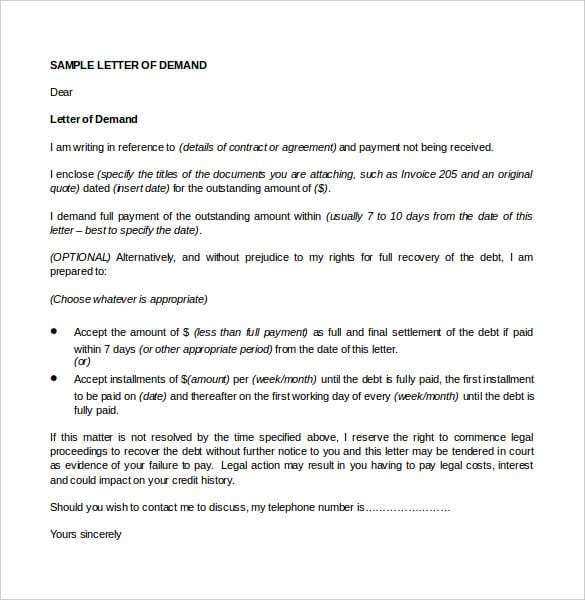
- There is a pressing issue: If there is an urgent matter that requires attention, it is important to send the communication promptly to avoid delays.
- Important deadlines are approaching: If there is a specific timeline to meet, early communication ensures that the necessary actions are taken within the required timeframe.
- Policy changes or updates occur: When there are recent changes that may affect you or your community, it is important to express concerns or seek clarification as soon as possible.
Avoid Sending When:
- Emotions are high: Sending a message in haste when emotions are intense may lead to poorly worded or impulsive statements. It is best to wait until you can express your thoughts clearly and calmly.
- It’s not the right time: Make sure your message aligns with current discussions or concerns being addressed. Sending irrelevant messages may not get the attention you desire.
By understanding the right timing, you can ensure that your communication is effective and well-received.
Example Letter Template for Government Requests
When making a formal request to an authority or institution, it’s important to follow a structured approach to ensure clarity and professionalism. Below is an example of how such a communication might be formatted to ensure that all essential information is included and the tone remains respectful and clear.
Subject: Request for [specific action or information]
Dear [Recipient’s Name],
I hope this message finds you well. My name is [Your Name], and I am writing to request [specific action or information]. I have encountered [briefly explain the situation or issue], and I believe that addressing this matter will greatly benefit [mention the purpose or goal].
I would appreciate your assistance in [specific request], and I am happy to provide any additional information or documentation that may be required to facilitate the process.
Thank you for your time and consideration. I look forward to your response and to working towards a resolution of this matter.
Sincerely,
[Your Name]
[Your Address]
[Your Contact Information]
This structure ensures that your communication is clear, respectful, and organized, increasing the likelihood of a positive outcome.